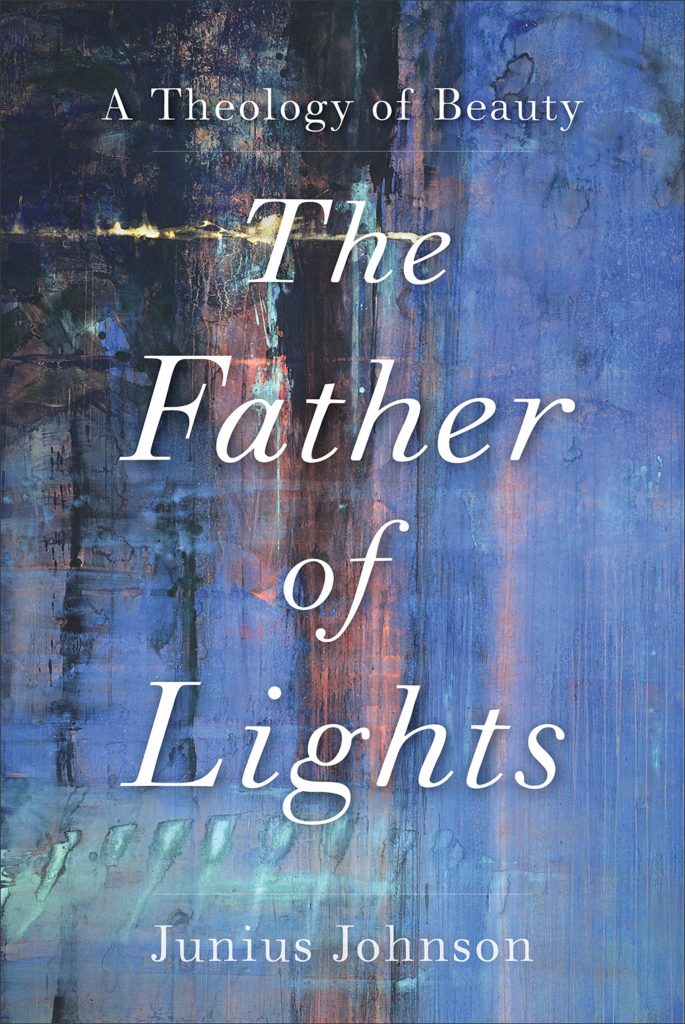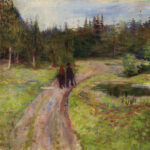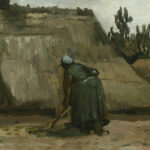Evans, GA. Most Christian accounts of beauty written in the past couple of decades have two features in common: their authors are Roman Catholic, and the account of beauty they present is largely inspired by Thomas Aquinas. Examples include Piotr Jaroszyński’s Beauty and Being, James Matthew Wilson’s The Vision of the Soul, and D. C. Schindler’s Love and the Postmodern Predicament.
Meanwhile, Protestants have for some time now largely concerned themselves with the theology of art and the arts rather than beauty as such (e.g., Cameron J. Anderson’s The Faithful Artist and David A. Covington’s A Redemptive Theology of Art). This has only recently begun to change, with one of the more notable examples of a contemporary Protestant treatment of beauty being Jonathan King’s The Beauty of the Lord.
In The Father of Lights: A Theology of Beauty, Junius Johnson contributes to the Protestant retrieval of beauty by seeking to give a general account of beauty: “The question this book will consider, in its broadest form, is: What is beauty? But, more narrowly, I am interested in understanding what beauty is in light of the theological realities revealed by God in Christ. So the question is transformed into the following: What theological account can we give of beauty?” (2)
Part 1 “deals with the explication of the encounter with beauty” while part 2 “extends this understanding of beauty by considering its implications for major areas of thought that are controlled by the notion of reference,” namely, linguistics, metaphor, semiotics, the sacraments, and iconology (12). One of Johnson’s primary goals throughout is to respond to subjectivism: “I [wish] to show that an account of beauty (and referentiality in general) [can] take the subjective elements of the experiences seriously and give a positive evaluation of them without being reduced to an account of the subject as such” (189).
Johnson’s account of beauty shares much in common with other contemporary Christian treatments. For example, he holds that beauty is a transcendental, present in all things insofar as they exist (2); the experience of beauty is an encounter with God himself, albeit mediated by creatures whose beauty participates in God’s beauty (27–30); this encounter with God is a kind of natural knowledge, or “general revelation,” of God, available to all (59); the experience of beauty transcends (not to say contradicts) discursive reason (18–19); the experience of beauty is grounded in the analogia entis (analogy of being), wherein there is a certain “degree of likeness” between God and creatures, even as there is also an unlikeness between them that “infinitely exceeds the likeness” (81); and ugliness is to be understood as a privation of beauty rather than a positive reality in its own right, just as evil is a privation of goodness (33).
To say that Johnson’s account is similar in many respects to other recent works is not a criticism. Indeed, such commonality is to be expected when the authors in question, Johnson included, seek to explicate beauty in accordance with the catholic tradition.
At the same time, Johnson sets his account apart in at least two ways. First, although he is certainly influenced by Aquinas, Johnson also draws heavily on Aquinas’s contemporary Bonaventure, particularly Bonaventure’s idea of contuition. Contuition is “to see two things with one simple act of seeing,” and in the context of beauty it refers to “the vision of the creature along with the God after whom it is patterned” (56). According to Johnson, every experience of beauty is a contuition, so the concept plays a “central” role in his account, as he puts it.
This can be seen, for example, in Johnson’s explanation of how the experience of beauty differs depending on whether the one having it acknowledges or denies the presence of God therein. Those who experience beauty yet attempt to deny God’s presence in it have what Johnson calls an “implicit contuition,” which he says is “the most normal form of the experience of the beautiful in a world characterized by willful God-forgetfulness” (57). In contrast, those who recognize the presence of a personal God in creaturely beauty have an “explicit contuition” (60).
Second, as mentioned above, Johnson brings his account of beauty to bear on a number of fields such as linguistics and semiotics. Johnson’s consideration of these in light of what he says about beauty helps him, in turn, to further illuminate different facets of beauty. To my knowledge, this sort of mutually informing, interdisciplinary approach to the exposition of beauty is not common in contemporary Christian accounts of the subject, so Johnson’s employment of such an approach is notable.
There are many valuable insights to take away from Johnson’s treatment of beauty, too many to recount here. One in particular we might ponder is the suggestion that “everyone has … moments of explicit contuition in their lives as part of God’s strategy to conquer each heart” (62). If God himself is reaching out to us through beauty, it stands to reason we should bear witness in the same way. In this vein, the idea that “no arguments or reasons have to be given to enable the experience of beauty” (18) is dearly hopeful in a time when arguments and reasons are largely impotent in reaching people.
Perhaps it will suffice to say Johnson effectively shows that beauty is a central component of Christian theology, rather than something peripheral or unfitting. How could it be otherwise when beauty is simply “what reminds you of God,” who is “Beauty itself” (xiii, 28)? The beauty of creatures will ultimately not satisfy us, but it is through such creaturely beauty that the Holy Spirit works to draw us, transform us, and make us beautiful as God is beautiful (191–94).
Given the foundational role of beauty in both approaching and growing in God (at least!), we cannot afford to neglect it. As such, Johnson deserves many thanks for giving us a clear and entrancing account of beauty and its larger role in Christian theology.








